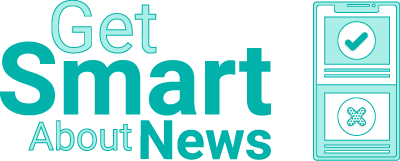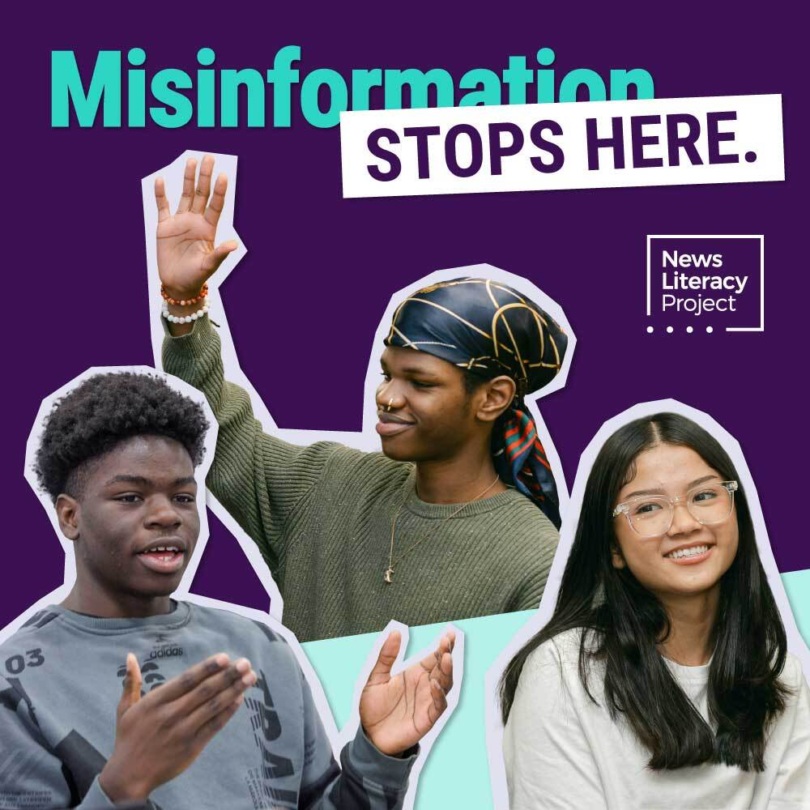GSAN: News-literate Election Day | Campaign rumors | Requiring news literacy education?
|
|
Learn about news literacy this week |
|
Be news-literate on Election Day Getting a clear, accurate understanding of election results is often difficult, but for many people this year that task seems overwhelming. Here are three steps you can take to ensure a news-literate Election Day — in 2020 and beyond:
|
|
Viral rumor rundown 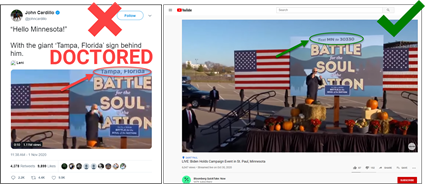 NO: Democratic presidential nominee Joe Biden did not mistakenly say “Hello Minnesota!” to a crowd in Tampa, Florida. YES: He said this to a crowd in St. Paul, Minnesota, on Oct. 30. YES: The words “Tampa, Florida” were added to the sign behind Biden in a short clip of his speech that was doctored. YES: The actual sign read “Text MN to 30330.” 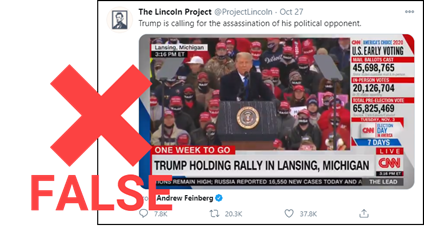 NO: President Donald Trump did not call for the assassination of Democratic presidential nominee Joe Biden while giving a speech at a rally in Lansing, Michigan, on Oct. 27. YES: Trump claimed that Biden would only last three weeks in office as president before his running mate, Sen. Kamala Harris, would need to take over, and then said, “That’s why they’re talking about the 25th Amendment, right? Three weeks. Three weeks in, Joe’s shot. ‘Let’s go, Kamala, are you ready?’” NO: This is not the first time Trump has used the word “shot” in an attempt to draw Biden’s fitness for office into question. 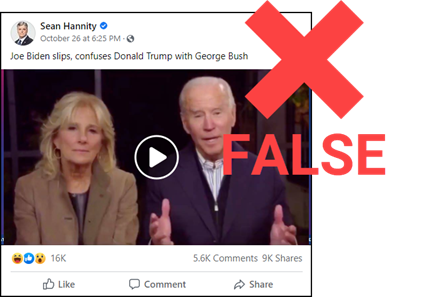 NO: Joe Biden did not confuse President Trump with former president George W. Bush as he spoke at his virtual “I Will Vote” concert and fundraiser on Oct. 25. YES: During an interview with comedian and actor George Lopez at the event, Biden stammered in the middle of a sentence and said the name “George” twice in a halting sentence about Trump. YES: An out-of-context clip of that moment went viral after it was shared by the Trump campaign along with the claim that Biden thought his opponent was Bush. YES: The Today show aired the misleading clip and uncritically reported on the gaffe without mentioning that Lopez was the interviewer.  NO: The woman pictured in the top right of this TikTok video is not a “body double” standing in for first lady Melania Trump. YES: It is Melania Trump. YES: Baseless conspiracy theories about body doubles for the first lady have circulated for years. |
|
★ NewsLit Picks Featured: “Student Opinion: Should Media Literacy Be a Required Course in School?” (Michael Gonchar and Jeremy Engle, The New York Times). Quick Picks:
“Improving ethnic diversity is the most important diversity priority for newsrooms around the world, a new report says” (Hanaa’ Tameez, Nieman Lab). |
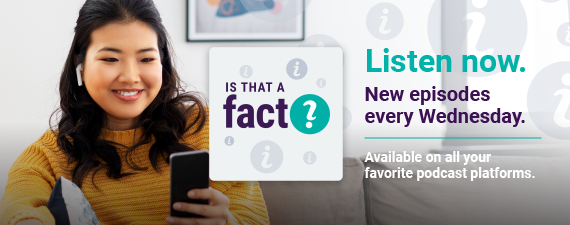 |
|
Thanks for reading! Your weekly issue of Get Smart About News is created by Peter Adams (@PeterD_Adams), Suzannah Gonzales and Hannah Covington (@HannahCov) of the News Literacy Project. It is edited by NLP’s Mary Kane (@marykkane). |
|

